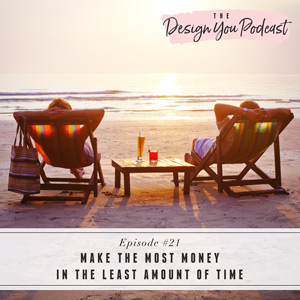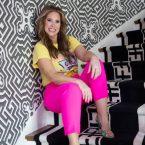
Today, we’re continuing our work on our money mindset. If you’re anything like me, you love your work but don’t necessarily want to sacrifice everything else you value in order to be successful and make lots of money. Unfortunately, that’s exactly what many of us do until we take the leap and do the mindset work.
The mindset shift I’m talking about today may seem a bit far-fetched or ridiculous to you at first but I promise, after this episode, you’ll have the steps for creating an actionable plan to start making more money in less time. I’m sharing exactly how I made the shift from burn-out to abundance beyond my wildest dreams!
If you haven’t already, listen to the previous two episodes on money (see links below in “Featured on the Show”). Along with today’s episode, I created this series to really help you uplevel your money mindset, so go take a listen and get to work on taking inspired action and making that money flow!
If you want to learn exactly how to do some of the steps I’ve shared in today’s episode, I want you to join me in my brand-new course, Designer MBA 2.0, as part of my Design You program. It’s a live virtual course that I teach about scaling your business, automating your business, implementing a digital marketing strategy and how to offer true value that keeps you in that zone of genius all the time.












